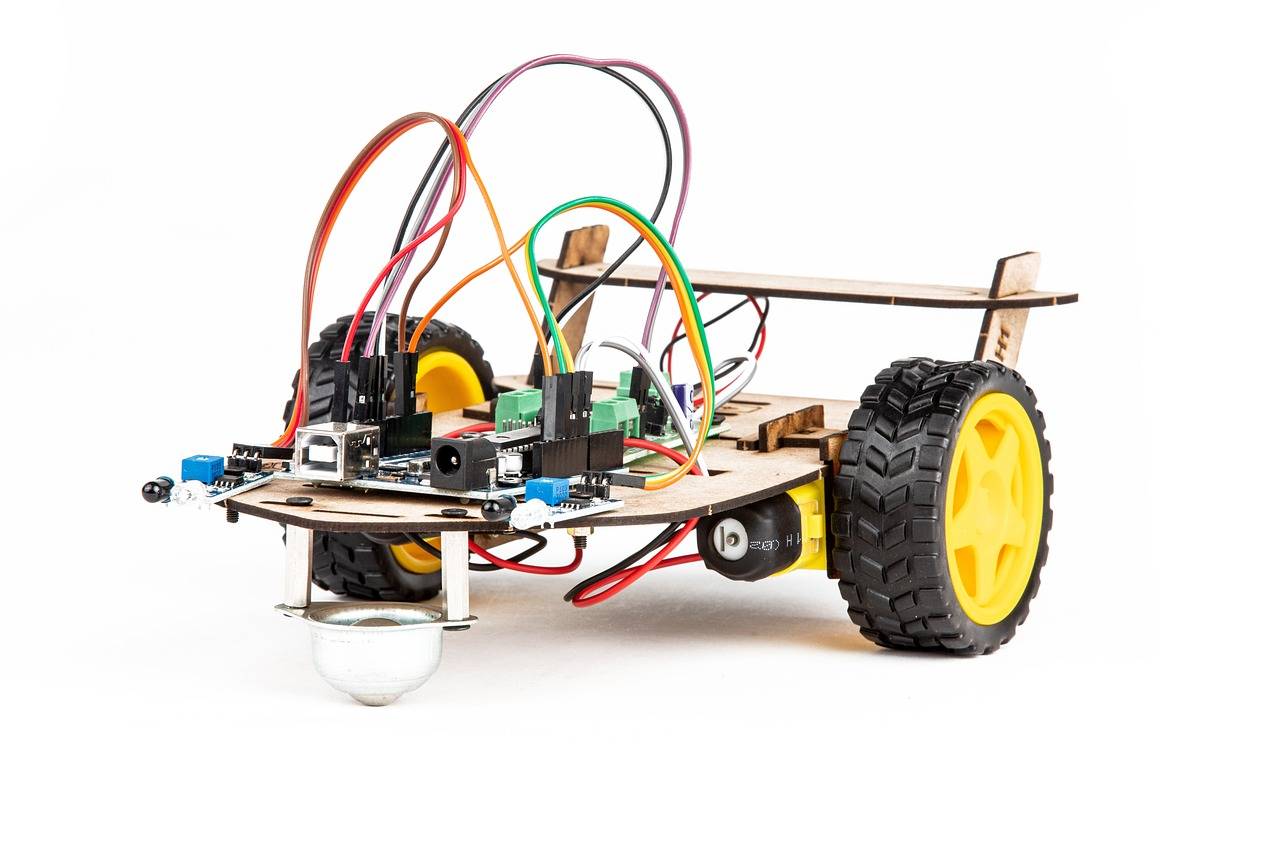The Impact of Culturally Affirming Technology Integration on Student Engagement
Culturally diverse students often encounter challenges within traditional educational settings. These challenges can range from feeling marginalized due to a lack of representation in the curriculum to struggling with language barriers that hinder their ability to fully grasp the material being taught. Additionally, cultural differences in communication styles and learning preferences can lead to misunderstandings between students and teachers, impacting the overall learning experience for these students.
Moreover, the Eurocentric focus of many educational systems can further alienate culturally diverse students who may not see themselves reflected in the history or examples presented in class. This lack of cultural affirmation can result in decreased motivation, disengagement, and a sense of not belonging, all of which can hinder academic success. In order to address these challenges, it is crucial for educators to recognize and embrace the cultural diversity present in their classrooms, adapting their teaching practices to create an inclusive and supportive learning environment for all students.
The importance of culturally affirming technology integration in promoting student engagement
In today’s diverse educational landscape, it is crucial to recognize the unique cultural backgrounds of students and how it impacts their engagement in learning. One way to address this is through the integration of culturally affirming technology in the classroom. By incorporating technology that reflects the diverse identities and experiences of students, educators can create a more inclusive and engaging learning environment.
Culturally affirming technology not only helps students see themselves represented in the materials they are learning from, but it also fosters a sense of belonging and cultural pride. When students feel that their background is acknowledged and respected in the educational setting, they are more likely to be motivated and engaged in their learning. Additionally, using technology that aligns with students’ cultural perspectives can help bridge the gap between home and school, making learning more relevant and meaningful to their lives.
Why do culturally diverse students face challenges in traditional educational settings?
Culturally diverse students may face challenges in traditional educational settings due to a lack of representation and inclusivity in the curriculum, teaching methods, and classroom environment.
How can technology integration help promote student engagement for culturally diverse students?
Technology integration can help promote student engagement for culturally diverse students by providing opportunities for personalized learning, incorporating culturally relevant content, and creating a more inclusive and interactive learning environment.
What are some examples of culturally affirming technology tools that can be used in the classroom?
Examples of culturally affirming technology tools that can be used in the classroom include language translation apps, multimedia resources featuring diverse voices and perspectives, and interactive learning platforms that allow for student collaboration and creativity.
How can educators ensure that technology integration is culturally affirming for all students?
Educators can ensure that technology integration is culturally affirming for all students by actively seeking out diverse perspectives and resources, incorporating student feedback and input, and promoting a culture of inclusivity and respect in the classroom.
What are some potential challenges educators may face in implementing culturally affirming technology integration?
Some potential challenges educators may face in implementing culturally affirming technology integration include limited access to technology resources, lack of training or support, and resistance to change from students or colleagues.





